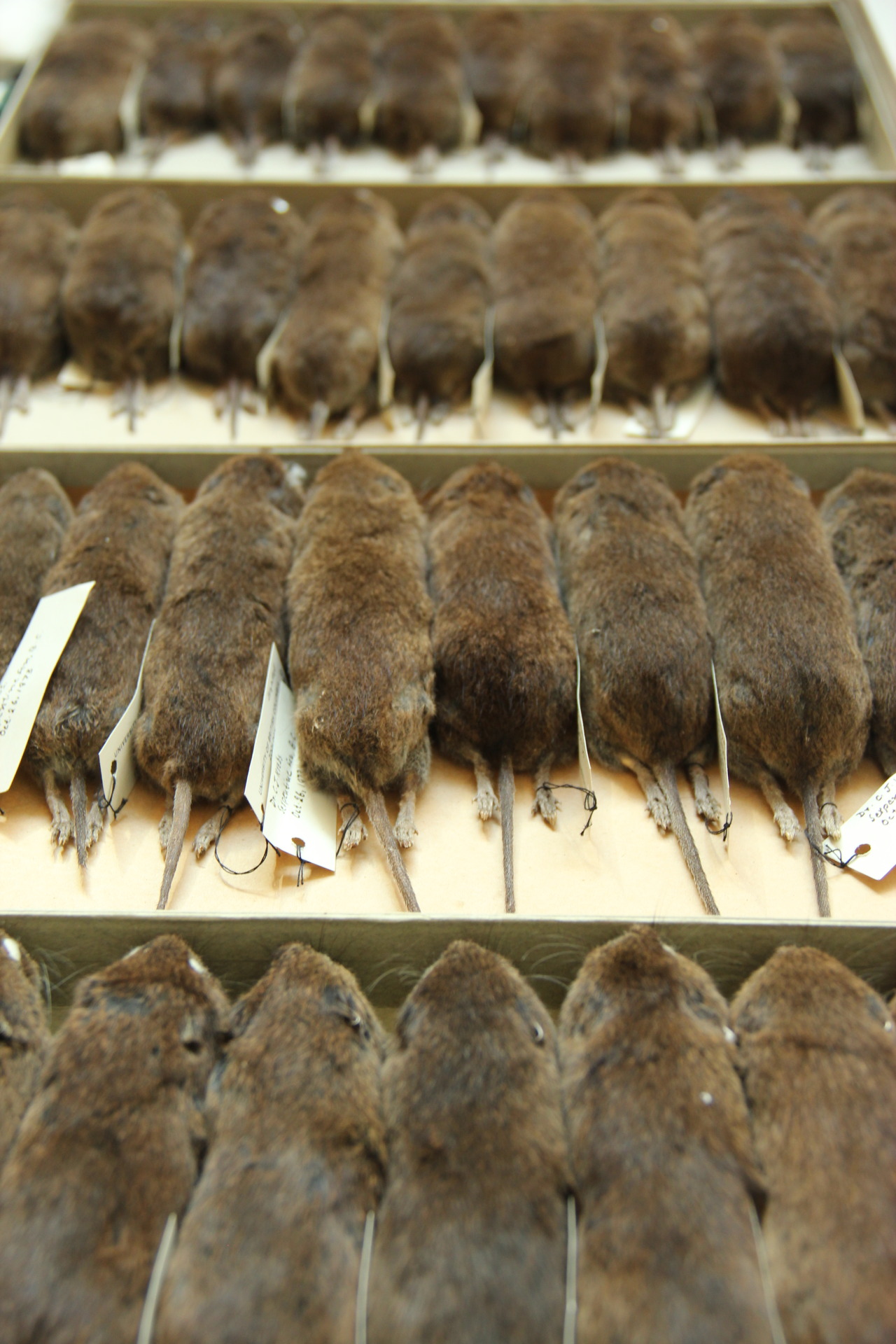“Townsend’s vole is one of the larger-bodied species of meadow voles in North America. When I came to UBC in 1970 we began a study of their population changes, since many species of meadow voles fluctuate in 3-4 year cycles. My graduate students and I studied local populations at the Haney Forestry reserve and at Boundary Bay on the old airfield (that was then inactive) as well as at Reifel Island adjacent to the Reifel Waterfowl Reserve. We found strong population changes from year to year but did not have enough long-term data to find out if they were truly cyclic. We found in doing this work that these large (to 85 grams) voles would not enter live capture traps until the traps were left locked open in the field for a few weeks and they got used to them. So we left the traps out all the time, locked open when we were not live trapping and releasing them. Our most significant finding was that this species is highly territorial and closely-related females (sisters) would bring up their young in the same nest, and jointly defend it against other voles intent on infanticide. The vole world is not peaceful to be sure, and aggression between animals is very common. These voles form an important part of the food web in the grasslands remaining in the Fraser Valley, since overwintering raptors that migrate here from northern Canada feed on them during the winter months, and great blue herons feed on them all year round. They typify the life history stragegy of “mature young, breed often, and die young.”
Dr. Charles J. Krebs, Emeritus Professor in the Department of Zoology at the University of British Columbia.
